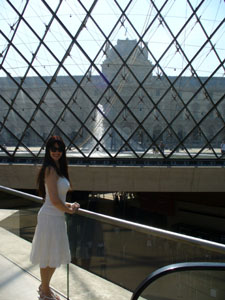
Inside the Louvre, the largest and certainly one of the most important museums in the world. Originally, the Louvre was a castle built by Philip Augustus in 1190. In 1535 the existing Chateaux du Louvre was built over the castle by the architect Pierre Lescot.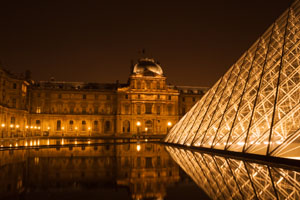
The Louvre illuminated at night looks like an ephemeral glimpse of heaven.
The Louvre Pyramid is a “work of art” commissioned by former
French president François Mitterrand. It was designed by Ieoh Ming
Pei in 1989 and remains a controversially modernist work in the midst
of a 16th century palace.
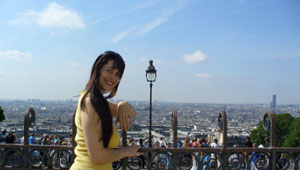
The view from Sacre Coeur on a clear day is unbeatable. Inside the basilica,
a mosaic entitled Christ in Majesty is among the world’s largest mosaics.
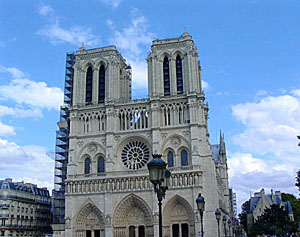
Notre Dame was built between 1163 and 1250. It is one of the oldest churches
still in use today, and is certainly one of the biggest tourist attractions
in Paris.
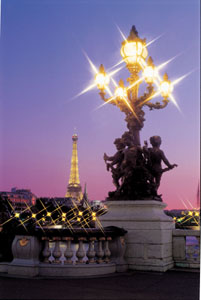
The Eiffel tower lights up the night in Paris.
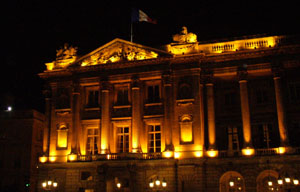
Splurging at the Hotel de Crillon! The hotel has witnessed some amazing history. Once the place where Marie Antoinette had her music
lessons, it was purchased before the revolution and turned into an exclusive hotel. You can still see the Deed of Purchase in the lobby with King Louis XVI’s signature on it.
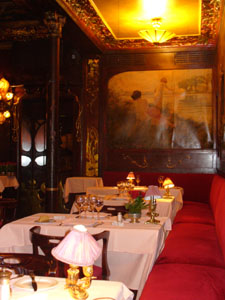
The decor inside the famous Maxims restaurant is from Paris’ belle époque.
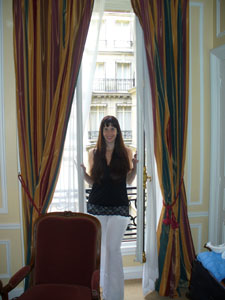
Standing near the balcony of my suite, I was reminded of all the historical
personages who had once lived or visited the Crillon. Princess Diana, Queen Marie Antoinette, Benjamin Franklin, Orson Welles and many, many more.
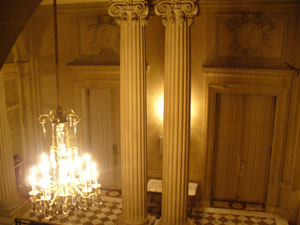
Inside the Crillon at night the chandeliers illuminate tall columns. There are 103 guest rooms and 44 suites.
|
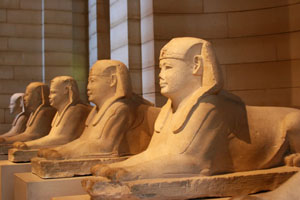
The Louvre’s Egyptian collection is massive. The Louvre officially became a collector of art in 1793.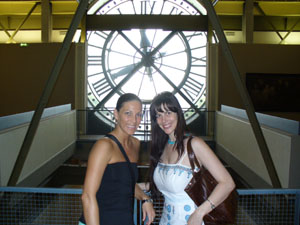
The Musee D’Orsay which boasts many of Van Gogh and Degas’ paintings was once a train station.
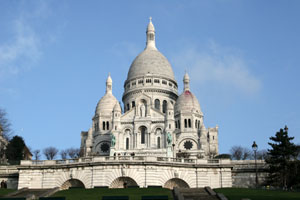
The Basilica of Sacre Coeur, or Sacred Heart, was built in the late 1800s.
It is built of travertine stone quarried in Seine-et-Marne France. Because this stone constantly exudes calcite, it ensures that the basilica remains white even with time and weathering and pollution.
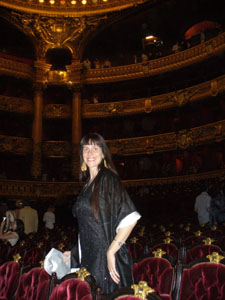
In 1858, Napoleon III decided to build the Grand Opera and chose for his architect Charles Garnier. Garnier was been picked from among nearly two hundred contestants, and was relatively unknown although he had won an architectural prize in Rome prize in 1848. He was only thirty-five when awarded with the design of the new opera house. Today, the Garnier
Opera is famous for being the setting of Phantom Of the Opera, or “Le Fantome de l’opera” which was written in 1910 by Gaston LeRoux.
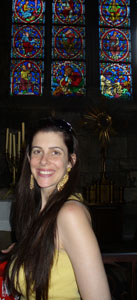
Inside Notre Dame there are two round stained glass windows. One depicts the Old Testament, the other the New Testament.
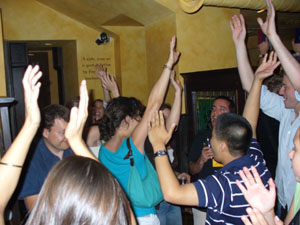
While not technically historic, the night in 2006 when France advanced to the Finals in the World Cup was absolute madness. Here, the patrons of the Irish Pub are literally jumping for joy.
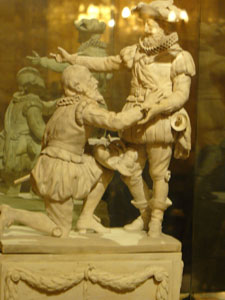
A very old sculpture in the Crillon’s lobby. Construction on the Crillon began in 1758 under the architect Louis François Trouard. In 1788, the Count of Crillon bought the hotel only to have it confiscated during the French Revolution. It was eventually returned to the Count of Crillon’s family who ran it until 1907. Today it is a hotel.
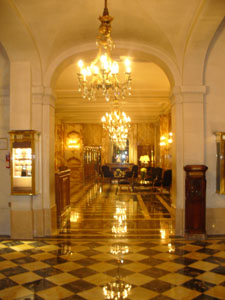
The Crillon at night is dazzling.
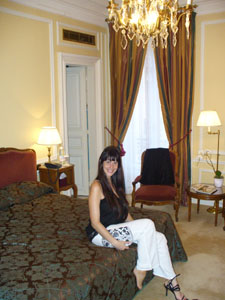
Each year, the Hotel de Crillon holds an annual Debutante Ball that benefits the Pierre and Marie Curie Foundation. The very exclusive event is a “coming out” party for twenty-four young ladies between the ages of 15 and 19 and have included the daughters of romance writer Danielle Steel, the grand-daughter of writer Ernest Hemingway, and Countess Anastasia Tolstoy, the great great great (!) granddaughter of writer, Leo Tolstoy.
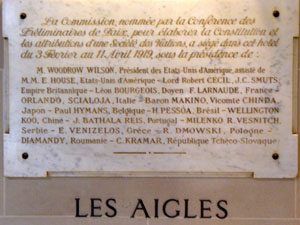
The Hotel de Crillon was the scene not only of Benjamin Franklin’s stays in Paris, but also Presidents like Woodrow Wilson in 1919.
|
|




















